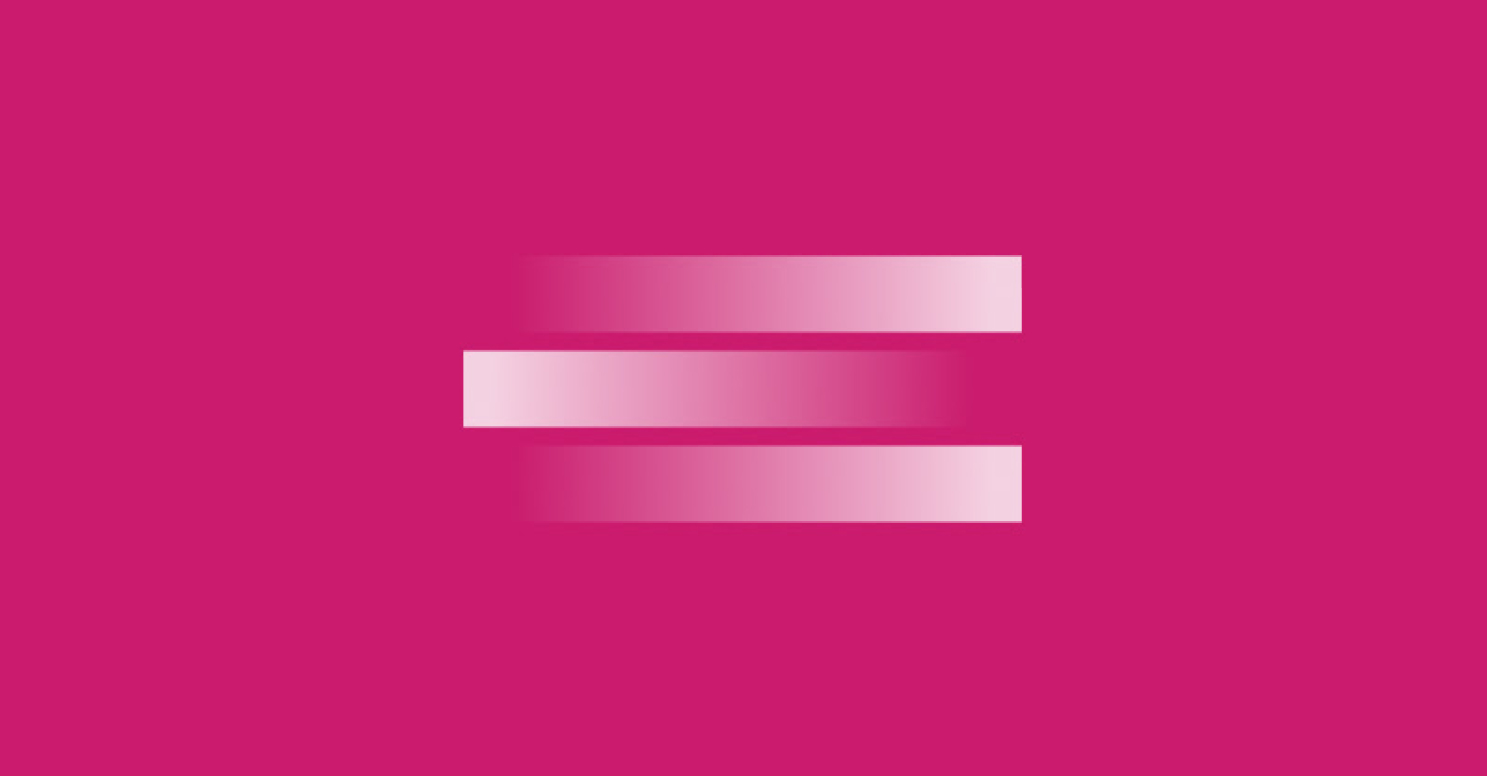When Going Above & Beyond Backfires

This post originally appeared in my weekly newsletter, BL&T (Borrowed, Learned, & Thought). Subscribe
Borrowed
I couldn't help but feature two great quotes this week:
“The cause of almost all relationship difficulties is rooted in conflicting or ambiguous expectations around roles and goals. Whether we are dealing with the question of who does what at work, how you communicate with your daughter when you tell her to clean her room, or who feeds the fish and takes out the garbage, we can be certain that unclear expectations will lead to misunderstanding, disappointment, and withdrawals of trust.”
From “The 7 Habits of Highly Effective People” by Stephen R. Covey [Book]
+
“Boundaries are a little like the walls of a sandcastle. The second we let one fall over, the rest of them come crashing down.”
From “Essentialism” by Greg McKeown [Book]
Learned
There’s a tricky thing that can happen when we try to add value throughout a client project: we put our relationship at risk!
It starts with good intentions. We see a way to help and jump in. Maybe it’s a small fix or extra guidance that feels easy enough to handle. We care about the work and the client’s success. But when we take those actions quietly and without alignment, the client doesn’t always see them for what they are. What feels like a thoughtful gesture on our side can start to feel like the standard on theirs.
I’ve seen this play out over the years. The team wants to support the client. But sometimes, when we step in to help outside of scope, the client doesn’t realize we’re making an exception. What starts as a one-time favor can quickly become an expectation. The client asks for more, unaware of the extra effort behind the scenes, while the team starts to feel frustrated or under-appreciated. It’s not that the client is ungrateful. They just don’t see the full picture, and that gap in understanding can strain even the best relationships.
And worse yet, if the project we were hired for doesn’t go as planned, all that added effort doesn’t hold much weight. The client is focused on the outcome they expected, not the extra things we did along the way.
Going above and beyond isn’t the problem. The real issue is when those moments happen without alignment or visibility. Not everything that adds value is equally valuable to the client. Some efforts build trust and momentum. Others drain energy without much impact.
Over time, I’ve come to see these moments as opportunities for the team to slow down, assess, and decide how to handle them with intention.
I realize that there’s this mental checklist in my head but I haven’t taken the time to commit it writing. So, here we go:
1. Remember what’s important
What did the client actually hire us to do? If that doesn’t go as planned, nothing else matters. Before saying yes to something new, the team has to consider how it connects to the main project goal and if it might distract from it, or put it at risk.
2. Weigh the impact
Not all value adds are the same. Some are what I’d call quick wins. Small, simple things that protect quality and show attentiveness. Like compressing oversized images to improve site speed, or skinning a third-party app with brand fonts and colors. Then there are big lifts. Bigger initiatives that take real time and focus, like additional user testing or deeper creative exploration. These can make a big impact, but they come with tradeoffs.
When thinking it through, I find it helpful to weigh four things:
- The impact on the core project (what we were hired to do)
- The value to the client, as they would define it
- The cost to the team in time and energy
- The risk of doing it versus not doing it
3. Have the conversation
When the opportunity feels bigger, it helps to talk with the client. If they brought it to the table, why is it important to them? Is everyone aligned on its impact? If the team raised it, they can share what they’re seeing, why it matters, and what it might mean for the core project if they take it on. These conversations build alignment and deepen trust. Even if the client decides not to move forward, they walk away with clarity on why and a positive sense that we’re proactively thinking about their success.
4. Make it known
Once something is decided, it’s important to make it visible. If it’s a quick win, we might skip Step 3 altogether but still, a quick note to share the effort can go a long way. If it’s a big lift, it should be formalized with a Change Order that’s approved by the client before beginning work. Even if we’re covering the cost, a $0 Change Order creates clarity on the scope and potential impact while creating a shared record of the effort.
5. Deliver on what matters
The best relationships are built on focus and alignment. Saying yes to everything doesn’t create trust; delivering on what matters most does. The most impactful gestures are the ones that support the work, not compete with it.
I was reminded of this recently during a home project. We had a contractor replace the shower in my son Mylo’s bathroom with a bathtub. Unfortunately, it turned into a bigger headache than expected. Full story for another time, but it was done incorrectly and now has to be completely ripped out and redone. During the five weeks of work (initially quoted at five days), the contractor noticed a broken part in the toilet and fixed it. At the time, we were appreciative. It was thoughtful. In the end, though, it didn’t matter. We hired him for the renovation, and what we’ll remember is how poorly that went, not to mention the other small project he agreed to do but never completed.
Client work isn’t much different. The small, thoughtful things can build trust when the client values them and they complement the core project, but they can’t replace its success. The goal isn’t to protect ourselves; it’s to protect the relationship. Communication and clarity are what keep trust strong and risk low.
And honestly, this doesn’t just apply to client work. I catch myself doing this at home, too. I’ll address some quick wins around the house that feel important, but if I don’t tell Dana, she might not notice or see the effort behind them. Then I might feel frustrated or unappreciated. But that’s on me! If I don’t align on what matters to her and don’t communicate what I’m doing, it doesn’t bring us any closer.
Whether at work or at home, it’s the same idea: do the work that matters most, make it seen, and keep the lines of communication open. That’s how trust grows, one clear and honest conversation at a time.
Thought
Am I focused on what matters most?








